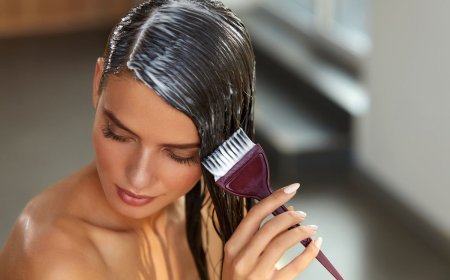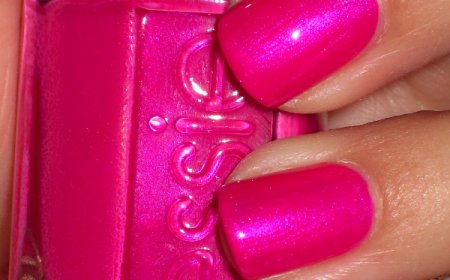Will Mane and Tail Help Hair Grow? The Truth Behind the Cult-Favorite Formula
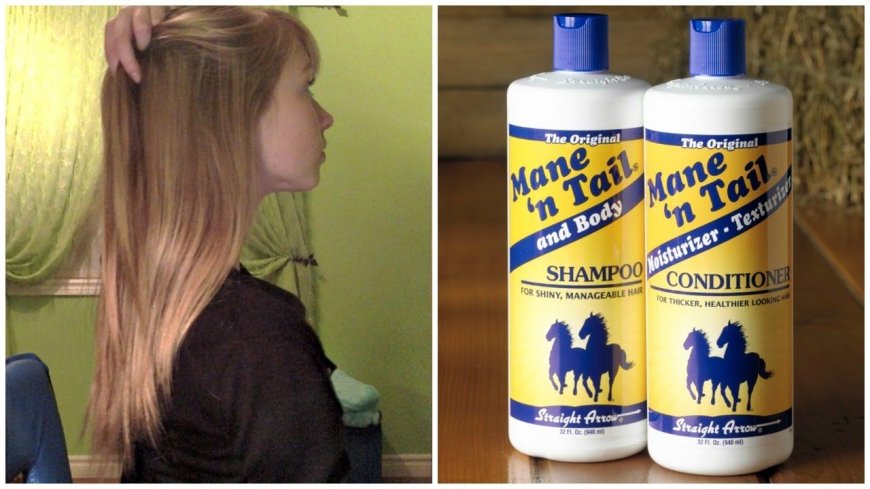
In the realm of hair care, a peculiar product has garnered a cult-like following: Mane and Tail. Initially formulated for equine use, this shampoo and conditioner line has infiltrated the world of human hair care, posing the question: will Mane and Tail help hair grow? This investigation delves into the underlying science, the claims made by its proponents, and whether there's merit to the assertions.
Beginning with an appraisal of the ingredients, it’s essential to discern how each component functions in promoting hair health. Mane and Tail products typically feature a blend of mild cleansers, proteins, and moisturizing agents. The shampoo, primarily composed of sodium lauryl sulfate and sodium laureth sulfate, acts as a surfactant. Though effective for cleaning, these sulfates can be harsh, stripping natural oils and potentially leading to dryness. This aspect necessitates a careful balance; while the product is effective for removing dirt and debris, overuse may be detrimental to the scalp and hair’s natural moisture levels.
The conditioner, on the other hand, boasts an array of proteins, principally hydrolyzed keratin, which artfully claims to repair and fortify damaged hair. Keratin is a fibrous protein that constitutes a substantial part of hair, nails, and skin. Advocates perceive the addition of keratin as a boon, positing that it may enhance the strength and texture of hair strands. However, it is vital to address an often-overlooked aspect: the efficacy of topical proteins in promoting true hair growth rather than merely improving the appearance of the hair.
Consideration of hair growth necessitates an understanding of the hair growth cycle. Hair undergoes three essential phases: anagen (growth), catagen (transition), and telogen (resting). The anagen phase can last from two to seven years, with certain factors influencing its duration. Genetics, nutrition, hormonal balance, and scalp health significantly impact this phase's effectiveness. Therefore, any claims regarding hair growth must be scrutinized against these biological parameters.
While Mane and Tail may offer benefits in terms of enhancing the external characteristics of hair—such as shine, manageability, and overall aesthetics—it does not inherently accelerate the growth cycle itself. Thus, while using Mane and Tail may result in more voluminous and lustrous hair, equating these external improvements to increased hair growth can be misleading.
Exploring further, let's examine anecdotal evidence surrounding the use of Mane and Tail. User testimonials often extol the virtues of this product, crediting it with enabling significant hair growth after consistent use. It is crucial to temper these testimonials with scientific rigor; testimonials may be subjective and lack the controlled conditions needed for reliable conclusions. Furthermore, factors such as lifestyle changes, dietary adjustments, and other hair care practices could contribute to perceived growth, rather than the product alone.
Nevertheless, the psychology of belief deserves mention. The placebo effect can play a pivotal role in perceived efficacy. If individuals believe that a product will facilitate hair growth, their attitude and care towards their hair may shift, inadvertently leading to better practices that promote healthier hair. This phenomenon exemplifies the complex intersection of consumer psychology and product efficacy, illustrating how expectations may influence outcomes.
Nevertheless, it remains essential to scrutinize the broader nutrition and health implications in the quest for hair growth. A well-balanced diet rich in vitamins, minerals, proteins, and healthy fats is indispensable for optimal hair health. Nutrients such as biotin, zinc, and omega-3 fatty acids have been shown to play contributing roles. Consequently, the incorporation of supplements alongside topical treatments may foster more significant improvements than relying solely on products like Mane and Tail.
In the quest for truth about Mane and Tail, it is prudent to address potential side effects. The sulfates present in the shampoo could be aggravating for some individuals, leading to scalp irritation or allergic reactions. Moreover, overuse of such products might exacerbate dryness, leading to brittle hair prone to breakage. Evaluating one's hair type and health is paramount prior to adopting any new product into one's regimen. Choosing a sulfate-free alternative or exploring natural remedies may offer gentler options to achieve similar results.
Diving deeper into the complexities of hair care, it is worth considering the role of scalp health in promoting hair growth. An unhealthy scalp, replete with sebum buildup and inflammation, may hinder hair follicles from thriving. Mane and Tail, with its potent cleansing action, might assist in purging impurities, thereby creating a more hospitable environment for hair growth. However, this advantage is contingent upon balanced use and compatibility with individual scalp conditions.
Modern trends in hair care often point to the allure of “miracle” products that hint at rapid transformations without substantial scientific backing. This trend leads to heightened curiosity but may also engender disillusionment when expectations are not met. Mane and Tail certainly embodies this duality—its popularity speaks volumes about consumer trust, yet one must tread carefully and remain grounded in realistic expectations regarding hair growth.
Ultimately, while Mane and Tail products can enhance the aesthetic qualities of hair—including shine, smoothness, and manageability—they may not conclusively promote hair growth in the biological sense. Therefore, individuals seeking to maximize hair health should adopt a holistic approach that encompasses proper nutrition, attention to scalp health, and judicious product use.
In conclusion, Will Mane and Tail help hair grow? The answer is not straightforward. While it certainly boasts several qualities that can improve the overall appearance and condition of hair, its direct impact on stimulating hair growth remains ambiguous. Realizing the complex interplay between product efficacy, belief systems, and underlying health considerations is crucial. Thus, consumers should remain astute, evaluate their disparate options, and prioritize a comprehensive approach to hair care, ensuring both immediate results and long-lasting health. This perspective may not only demystify the allure of such products but also pave the way for informed decisions in the pursuit of hair vitality.
What's Your Reaction?
 Like
0
Like
0
 Dislike
0
Dislike
0
 Love
0
Love
0
 Funny
0
Funny
0
 Angry
0
Angry
0
 Sad
0
Sad
0
 Wow
0
Wow
0

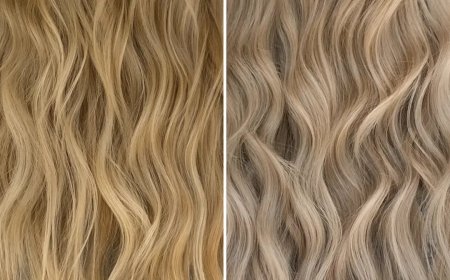
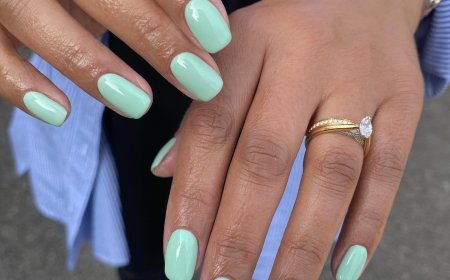
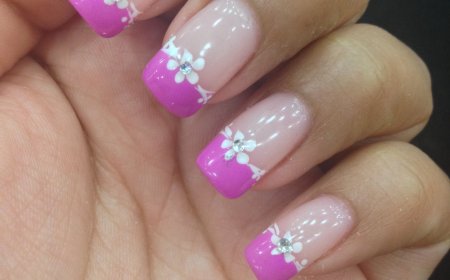

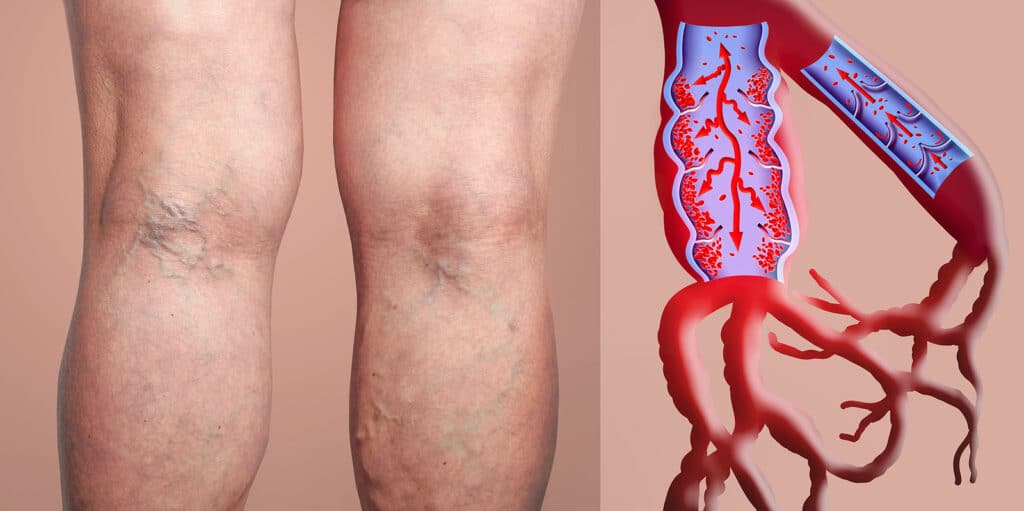



:max_bytes(150000):strip_icc()/drugstore-retinol-creams-tout-f76b9d2796e34eaa8376801c83fb1888.jpg)
